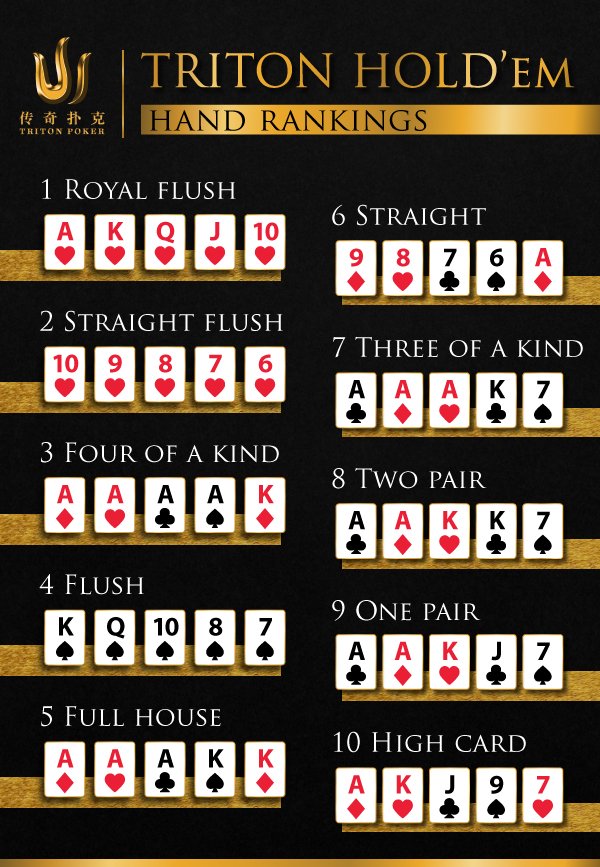6+ Hold’em is a popular ‘short deck’ poker format that plays much like Texas Hold’em, but with a few exciting differences: All cards lower than a six are removed from the deck Everyone posts an ante.
Holdem Strategy With 6 Max Players
6+ Hold’em is a popular ‘short deck’ poker format that plays much like Texas Hold’em, but with a few exciting differences:
- 6+ Hold’em uses a ‘button blind’ structure: every player posts an ante, and the player seated at the button position is the only one who posts a blind – meaning there is only one blind per hand, rather than.
- Six Plus Hold’em (6+), also called Short Deck Poker, is a community card poker game based on Texas Hold’em. While most of the rules are the same, there are three main differences between the two. In 6+ Hold’em, the cards from deuces through fives are removed to make the total deck just 36 cards instead of the usual 52.
- All cards lower than a six are removed from the deck
- Everyone posts an ante and only the button posts a blind – known as the ‘button blind’
- A flush beats a full-house
Available in cash games, exclusively at PokerStars, 6+ Hold’em is your chance to play an action-packed variant loved by high-stakes players around the world.
Having already acquainted ourselves with the differences in rules and pre-flop hand selection between 6+ Hold’em and regular Holdem, it is time to meet some post-flop nuances that make 6+ Hold’em a completely different game post-flop as well as pre-flop.
The Rules of Three and Six

Two ancient nuggets of wisdom from the early days of Holdem are the rules of two and four. These rules provide a short-cut for translating outs into equity. In other words, if there are X cards in the deck that will make your hand, how much equity do you have? In Holdem you have 4X% equity on the flop and 2X% on the turn, assuming that your outs will make you the best hand and that there is no other way of improving to the best hand.
6 Max Fixed Limit Holdem Strategy
In 6+ Hold’em you have the same number of outs with a straight draw as you do in Holdem. If you have an open-ended straight draw on the flop, then you have eight outs to the best hand. The difference lies in the fact that there are less cards in the deck that are not your outs. Instead of trying to hit your 8 cards from a possible 47 unseen cards, the turn and the river emerge from a deck of just 31 unseen cards. This means that we will fail to hit our straight on the turn and river (23/31) x (22/30) = 54% of the time. Our straight will get there the other 46% of the time. 46 / 8 = 6 and this is how we arrive at the rule of six on the flop. Multiply your outs by six instead of four in 6+ Hold’em.
3-6 Holdem Strategy

On the turn, there is one less card to come and the chances of making the straight are now half of what they were on the flop. The rule of three will guide us in this case. With eight outs we can expect to make our hand 8 / 30 = 27% of the time. 8 x 3 is 24 and so the rule of three gives a reasonably accurate approximation of our equity.

6+ Holdem Strategy
6+ Hold'em Strategy
These new rules also apply to flush draws but remember that a flush draw has less outs in the first place. Flopping a draw to a flush gives us nine outs in regular Holdem but only five in 6+ Hold’em. On the flop, we have five outs twice from a deck of 31 unknown cards. We will miss the flush (26/31) x (25/30) = 70% of the time, meaning that we will hit it 30% of the time. The rule of six is very accurate here.
The impact of this is that while it is considerably easier to make a straight in 6+ Hold’em, it is somewhat harder to make a flush. Memorize the outs of the two types of draw and then apply the rules of three and six to get a good feel for how often your outs will turn into big hands.